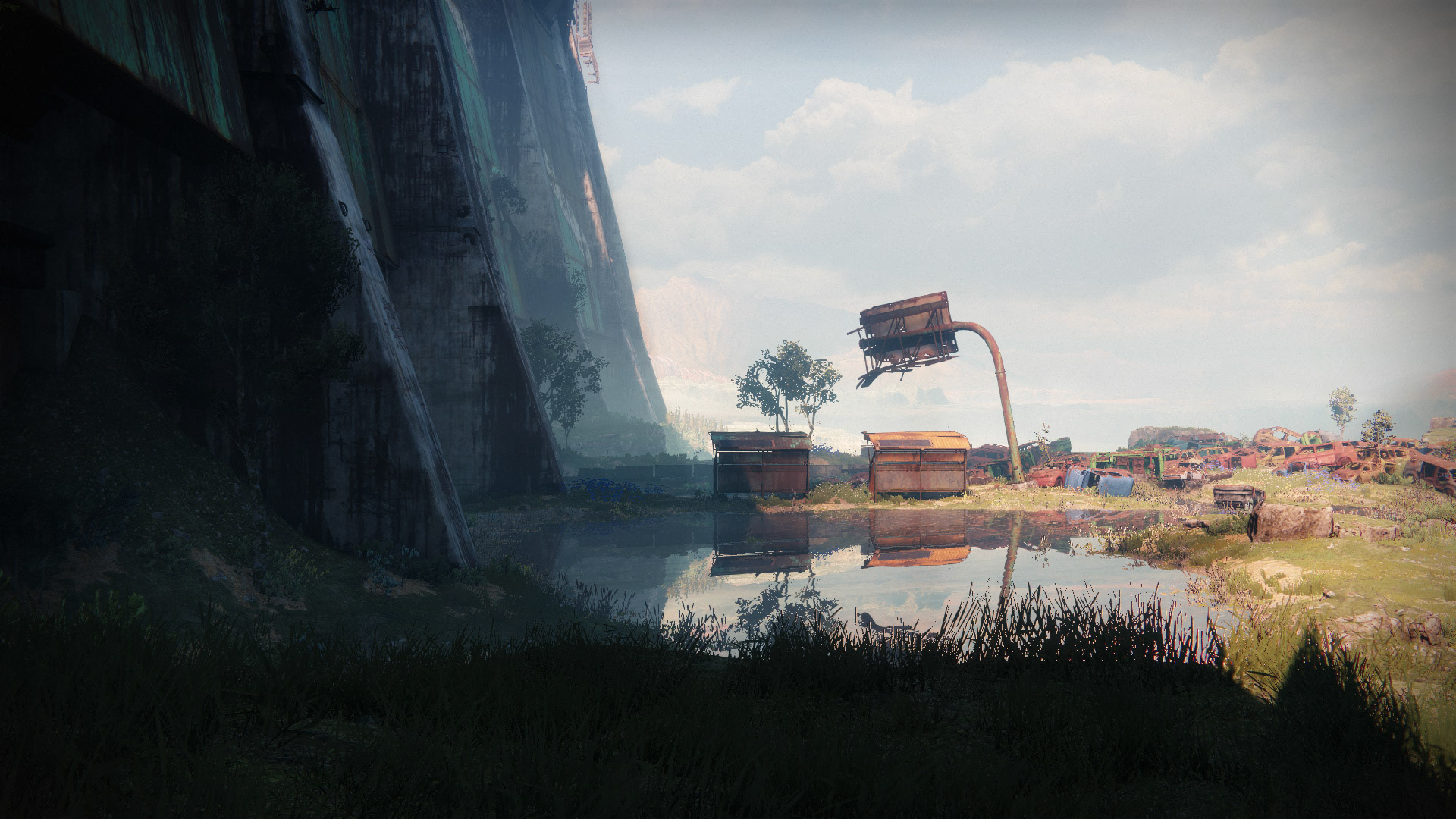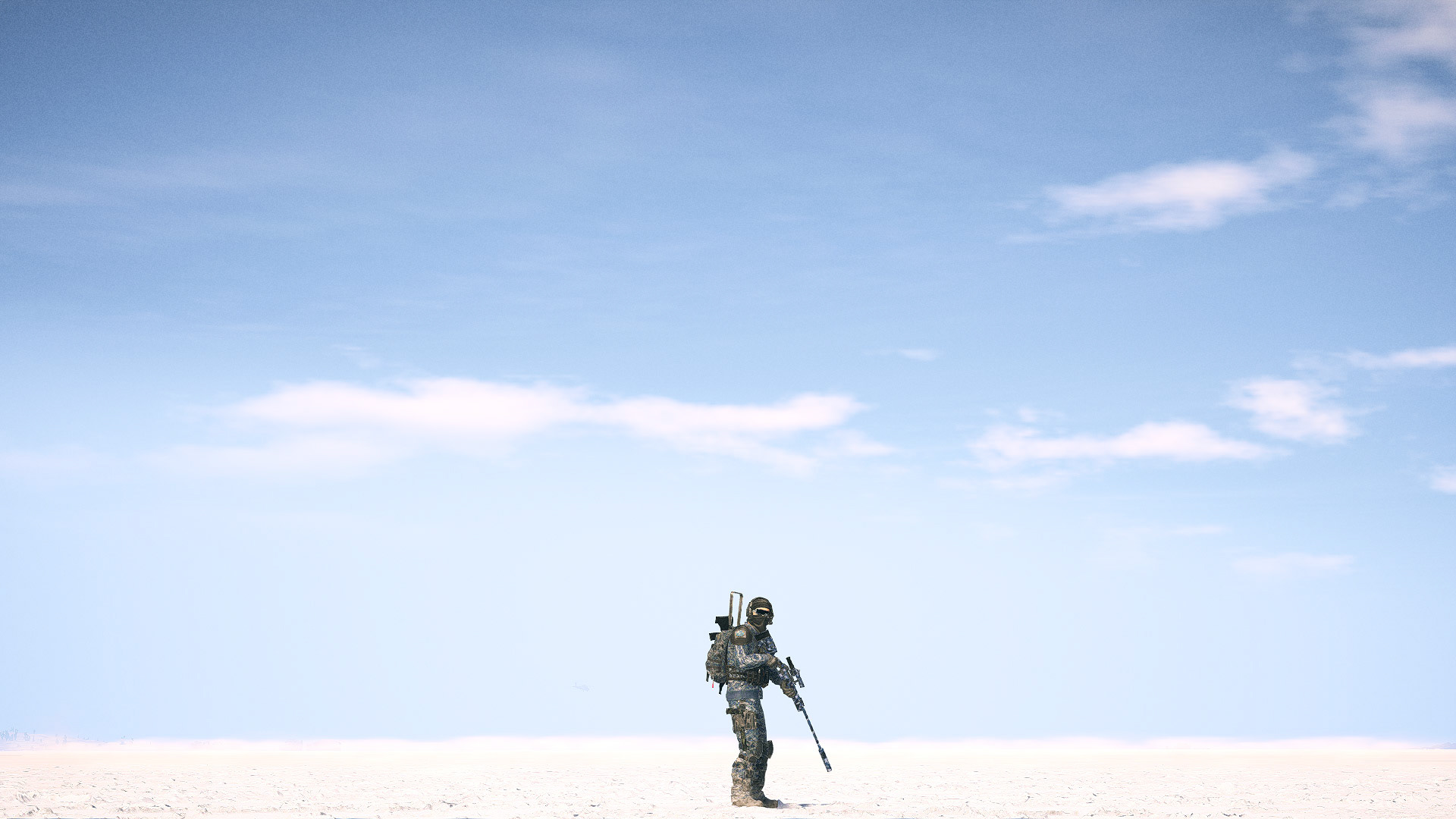What is in-game photography?
What is in-game photography?

In-Game Photography (also known as Video Game Photography, Screenshot Photography, Screenshot Art, or Virtual Photography) is a new media art form which consists of photographing video game characters and/or environments residing in a virtual world. While it’s origin is debatable, the art form (along with it’s various names) came to prominence around 2010 - 2011 as a budding community formed around Duncan Harris and his project DeadEndThrills. The earliest known work within the art form is Eva and Franco Mattes’ Thirteen Most Beautiful Avatars. Their work was exhibited in a virtual art gallery in 2006 within the video game Second Life.
In it’s most basic form, In-Game Photography is the capturing of an image with no heads up display (HUD) within a video game using the “print screen” key generally found on a computer keyboard or similar hotkey on a console game controller. From there, many tools can be used to further the practitioner’s ability to photograph or improve the quality of the shot itself within each video game. These tools are anything from the developer console commands, trainer hacks such as CheatEngine, FRAPS screen capturing, and post-processing injectors such as ENB and Reshade on the PC. On the video game console front, if we aren’t to count Pokemon Snap (1999) for Nintendo 64 as a contender for the earliest form of a photo mode tool; Photo Mode as we know it today came to fruition with the launch of Sony Playstation’s Gran Turismo 4 in 2003. This tool would become the foundational pillar of every photo mode to release on consoles in the years to come and eventually made their way to PCs as well.

In 2016 In-Game Photography saw the release of Nvidia Ansel which was a new avenue to capture shots in-game. This software would provide the user the freedom of movement to capture from any angle, adjust the shots with post-processing filters and tools, capture in HDR formats (sometimes of upwards of 10x resolution), as well as share them in a 360 degree format to various device platforms. One recent example of Ansel being used is in DICE’s Battlefield V where the photo tool takes advantage of Nvidia’s newest GPU, the Geforce RTX 2070 and it’s ray tracing technology which produces far more realistic scenes within video games. Despite this, only a handful of games use this current platform as it’s heavily dependent on whether or not a developer company wants to program their game to work with Nvidia Ansel. Many in-game photographers hope to see more developers adopt the Nvidia Ansel tech and are excited for the future of this tool’s adoption into many upcoming video games.
From it’s humble beginnings in 2006 to present day, In-Game Photography has been featured in real world exhibitions, podcasts, news articles, essays, company presentations, and academic journals from around the world. Despite the immense well received reception of this new form of photography, it isn’t without it’s doubters who argue that these photographs are shots taken of assets created by developers and other artists; stating that In-Game Photography is just a glorified virtual form of taking photos of artwork in the real world.

Regardless, the majority of consumers and developers alike encourage and standby this form of photography. Photographers new and old grab onto the allure of practicing their skills in virtual environments, timepieces, and settings. Consumers of video games enjoy viewing an in-game photographer's work as it brings to the forefront the small details on a character's clothing or the epic grand landscapes on an alien planet - both of which can be very easily missed when in the midst of a gaming experience. Lastly developers and publishers alike have continued pushing for more in-game tools in many new games released and with such support, the art form continues to grow and expand year by year.
To check out more examples of In-Game Photography, come on by my personal portfolio: https://joshtaylorcreative.com
Reference:
Doyle, D. (2015). Art, virtual worlds and the emergent imagination. Leonardo, 48(3), 244-250. doi:10.1162/LEON_a_00708



Comments
Post a Comment